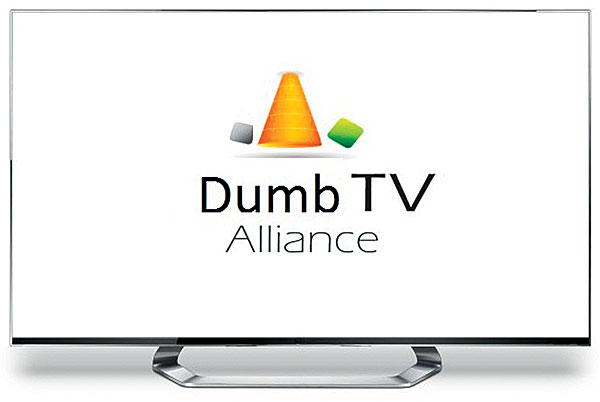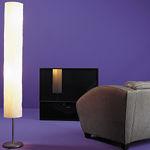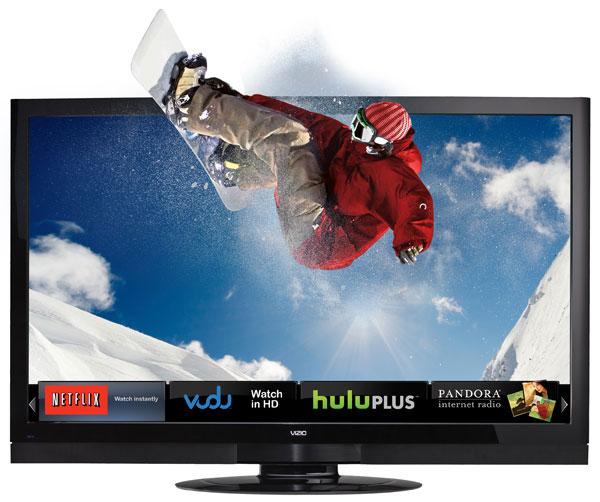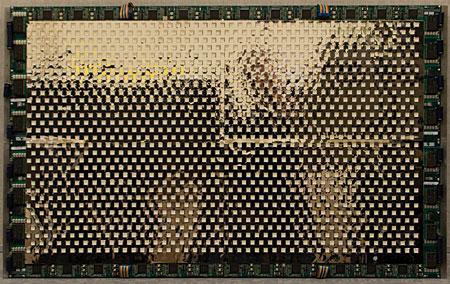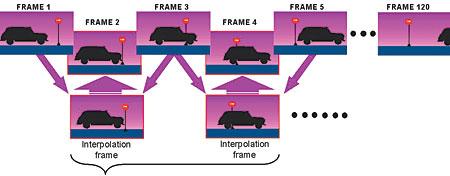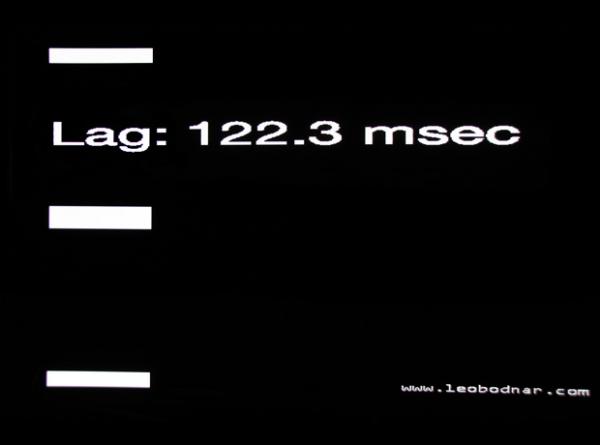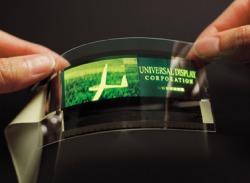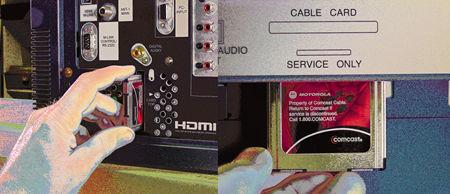HDTV Tech
Sort By: Post DateTitle Publish Date
|
Dec 27, 2000 |
First Published: Dec 28, 2000
|
May 12, 2003 |
First Published: May 13, 2003
|
Oct 19, 2012
|
Oct 28, 2005 |
First Published: Sep 28, 2005
|
Feb 26, 2008 |
First Published: Jan 26, 2008
|
Jul 08, 2004 |
First Published: Sep 08, 2006
